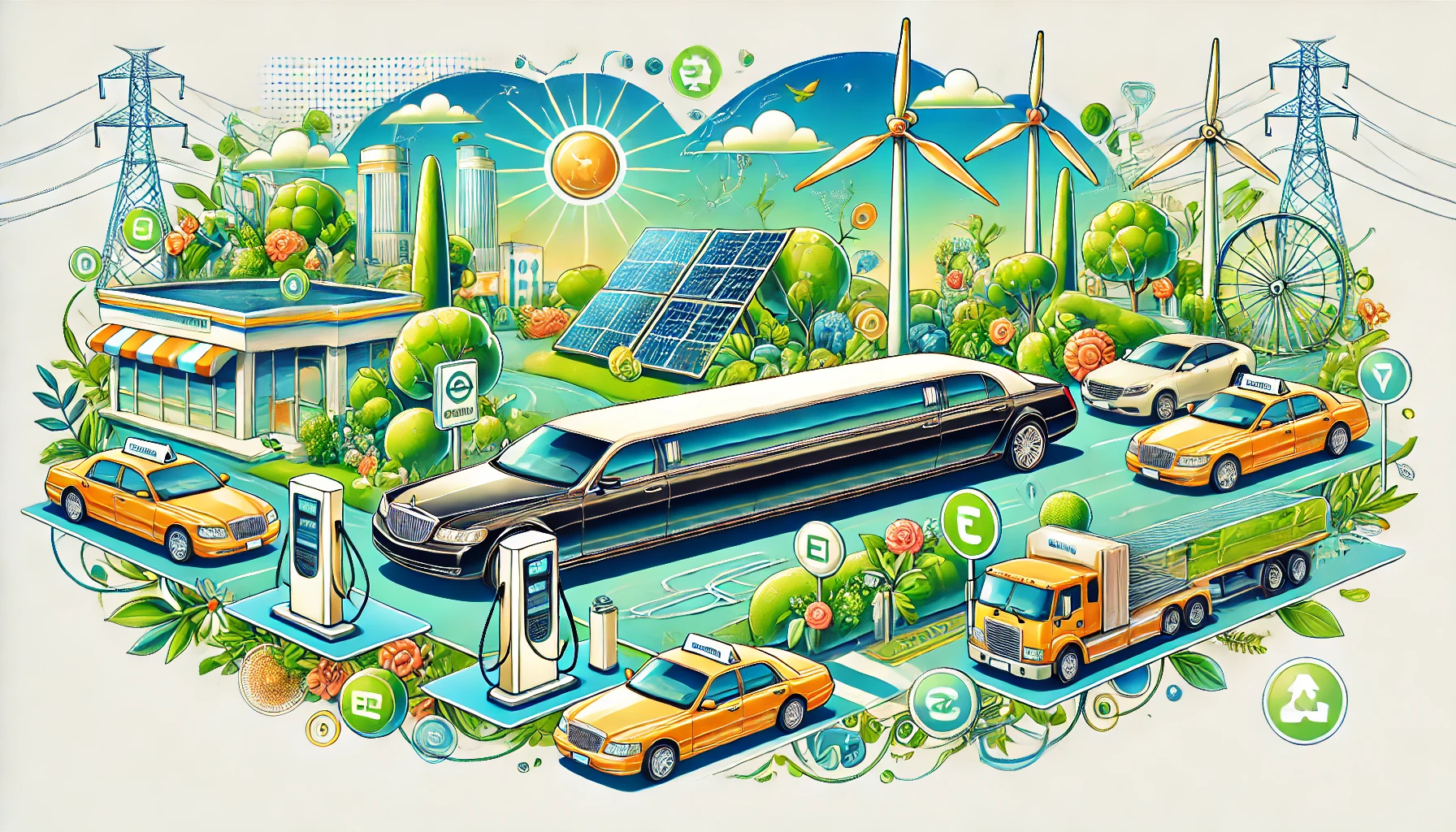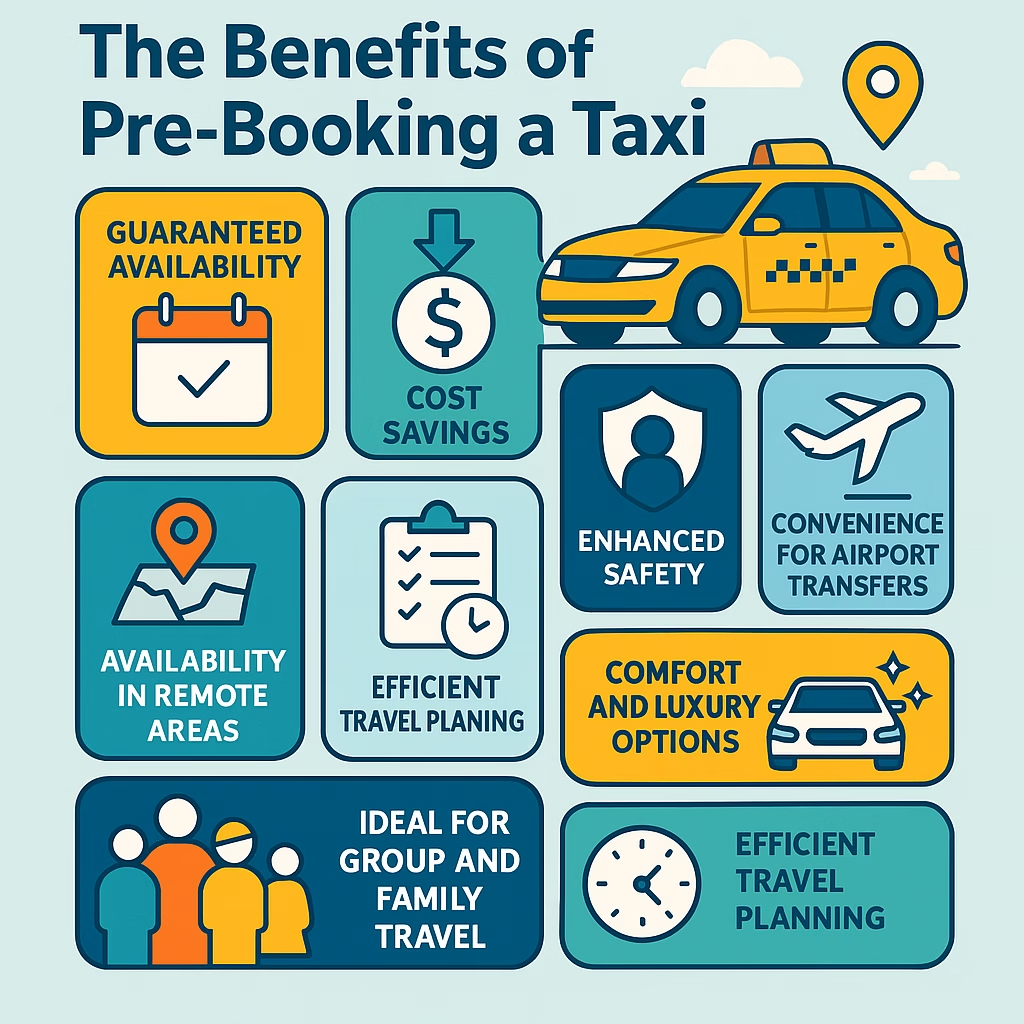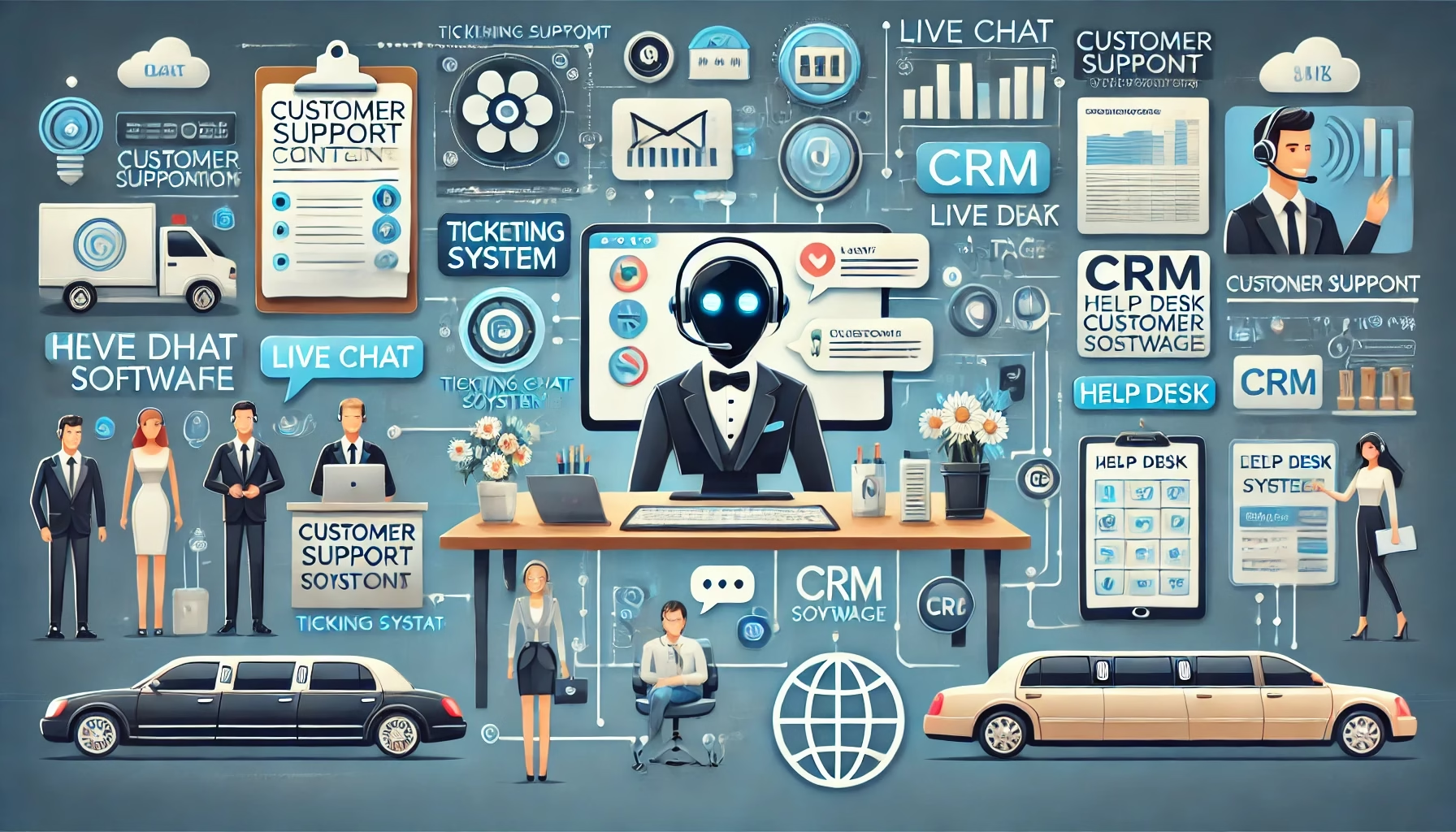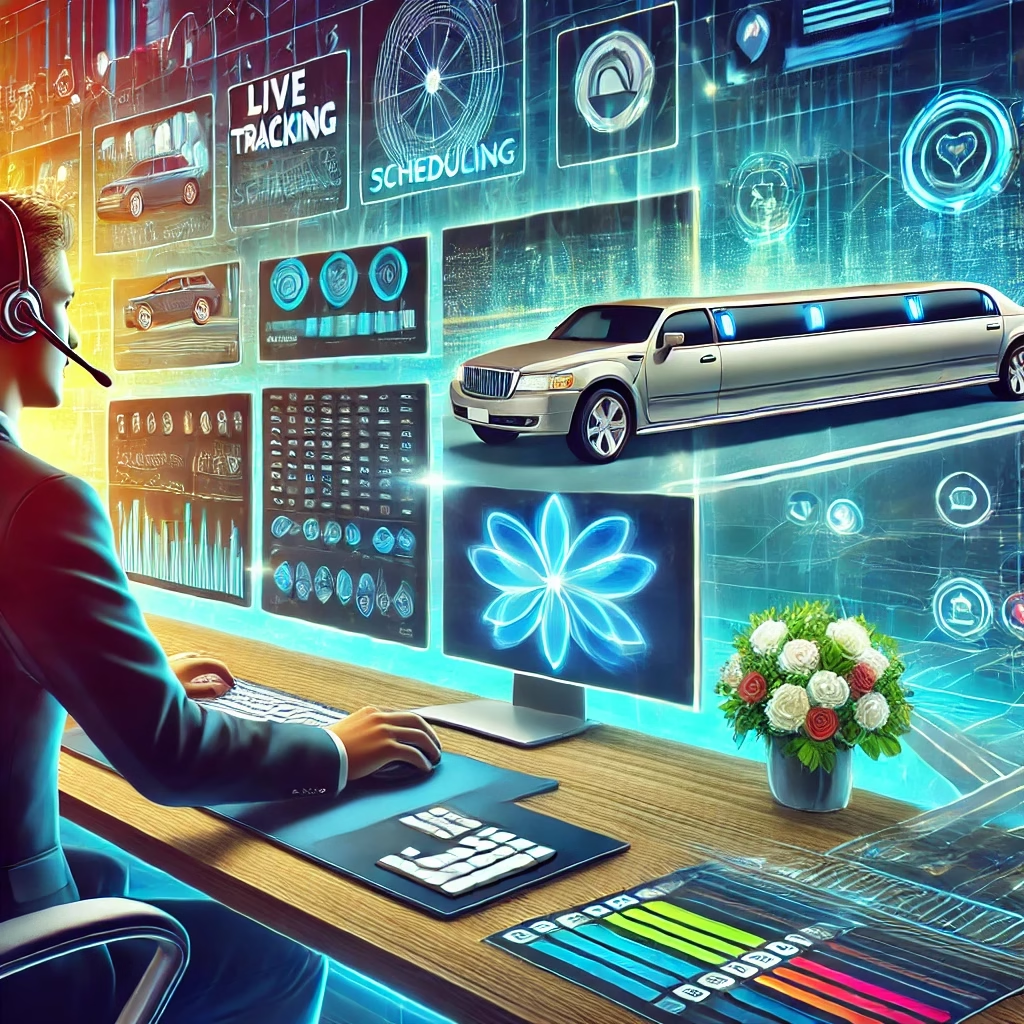The transportation sector is a significant contributor to global carbon emissions, and luxury transportation is no exception. Traditional limousine services, while synonymous with opulence and sophistication, often leave a heavy environmental footprint. However, the growing emphasis on sustainability has catalyzed the emergence of eco-friendly limousine services. This shift is not just about reducing emissions; it’s about reimagining luxury travel for an eco-conscious future. This article explores the key factors influencing eco-friendly limousine services, discussing challenges, tradeoffs, and innovative solutions that are transforming the industry.
1. Green Vehicle Adoption: The Cornerstone of Sustainability
The Issue:
Traditional limousines, predominantly powered by internal combustion engines, are notorious for high fuel consumption and carbon emissions. As the demand for luxury transportation grows, so does the environmental impact.
The Solution:
- Electric Vehicles (EVs): Electric limousines are gaining popularity due to their zero tailpipe emissions and reduced operational costs. Brands like Tesla and Mercedes-Benz offer EV models that blend luxury with sustainability.
- Hybrid Vehicles: Hybrids serve as a bridge between traditional fuel-powered vehicles and fully electric options. These vehicles optimize fuel efficiency while maintaining performance, making them an excellent choice for limousine services.
- Advanced Battery Technology: The integration of long-range batteries ensures that electric limousines can handle extended trips without frequent recharging, addressing range anxiety concerns.
2. Optimized Fleet Management for Reduced Carbon Footprint
The Issue:
Inefficient fleet operations result in excessive fuel consumption, increased emissions, and higher operational costs.
The Solution:
- AI-Powered Dispatch Systems: Advanced dispatch solutions utilize artificial intelligence to allocate vehicles efficiently, minimizing unnecessary trips and fuel wastage.
- Real-Time GPS Tracking: GPS-enabled systems ensure optimal route planning, reducing travel time and fuel consumption.
- Predictive Maintenance: Regular maintenance, powered by predictive analytics, keeps vehicles in optimal condition, preventing breakdowns and improving fuel efficiency.
3. Sustainable Business Practices Beyond the Fleet
The Issue:
The environmental impact of limousine services extends beyond vehicle emissions. Office operations, supply chain practices, and customer interactions also contribute to the carbon footprint.
The Solution:
- Paperless Operations: Transitioning to digital booking, invoicing, and communication reduces paper waste significantly.
- Energy-Efficient Offices: Implementing energy-saving technologies, such as LED lighting and smart thermostats, minimizes energy consumption in office spaces.
- Eco-Friendly Partnerships: Collaborating with vendors who prioritize sustainability ensures a green supply chain.
4. Integrating Renewable Energy Sources
The Issue:
Electric limousines require charging, and if the electricity comes from non-renewable sources, the environmental benefits diminish.
The Solution:
- Solar-Powered Charging Stations: Installing solar panels at charging stations ensures that EVs are powered by renewable energy.
- Green Energy Partnerships: Partnering with renewable energy providers enables limousine companies to source clean energy for their operations.
- Energy Storage Solutions: Advanced battery storage systems allow companies to store renewable energy for use during peak demand.
5. Fuel Alternatives for a Sustainable Future
The Issue:
While EVs are a viable solution, the transition to a fully electric fleet can be cost-prohibitive and infrastructure-dependent.
The Solution:
- Biofuels: Limousines powered by biofuels, derived from organic waste, offer a cleaner alternative to traditional fuels.
- Hydrogen Fuel Cells: Hydrogen-powered vehicles emit only water vapor, presenting a promising solution for eco-friendly limousine services.
- Compressed Natural Gas (CNG): CNG-powered limousines produce fewer emissions than gasoline vehicles, providing an interim solution.
6. Addressing Waste Management in Luxury Transportation
The Issue:
Luxury transportation often involves significant waste, from disposable amenities to inefficient resource use.
The Solution:
- Reusable Amenities: Providing reusable or biodegradable items, such as glass water bottles, reduces waste.
- Recycling Initiatives: Implementing comprehensive recycling programs within operations encourages sustainable practices.
- Customer Engagement: Educating passengers about green initiatives fosters a culture of sustainability.
7. Challenges of Infrastructure and Initial Costs
The Issue:
High costs of electric vehicles and limited charging infrastructure pose significant barriers to adopting eco-friendly limousine services.
The Solution:
- Government Incentives: Tax credits and grants can offset the initial investment in EVs and charging infrastructure.
- Public-Private Partnerships: Collaborating with local governments and businesses accelerates infrastructure development.
- Phased Transition Plans: Gradual fleet upgrades ensure financial feasibility while maintaining operational efficiency.
8. Customer Expectations in Sustainable Luxury
The Issue:
Balancing luxury and sustainability is a delicate challenge, as customers often equate eco-friendliness with compromised quality.
The Solution:
- Transparent Communication: Highlighting green practices and their benefits enhances customer trust.
- Personalized Services: Offering eco-conscious options, such as carbon offset programs, provides added value.
- High-Quality Standards: Maintaining impeccable service standards ensures that sustainability does not compromise luxury.
9. Carbon Offset Programs for Comprehensive Impact
The Issue:
Even with green initiatives, some emissions are inevitable.
The Solution:
- Investing in Green Projects: Supporting reforestation and renewable energy projects offsets residual emissions.
- Customer Participation: Allowing customers to contribute to carbon offset programs fosters a shared commitment to sustainability.
- Transparent Reporting: Regularly publishing impact reports builds credibility and accountability.
10. The Role of Technology in Sustainability
The Issue:
Without robust technology, implementing and managing eco-friendly practices becomes challenging.
The Solution:
- Smart Dispatch Systems: Technology-driven dispatch solutions optimize vehicle usage and improve efficiency.
- Data Analytics: Monitoring operational data identifies areas for improvement in sustainability efforts.
- Blockchain for Transparency: Using blockchain technology ensures transparency in green claims, enhancing customer trust.
Conclusion
Eco-friendly limousine services represent a transformative step toward sustainable luxury transportation. By embracing innovative technologies, alternative fuels, and green business practices, the industry is proving that luxury and sustainability can coexist.
For companies seeking advanced dispatch and customer support solutions tailored to eco-friendly goals, Saztech Solutions provides cutting-edge tools to enhance efficiency and sustainability. Learn more about their offerings at Saztech Solutions.
Home | About Us | Pricing | Get Started | FAQ | Dispatch Daily | Contact Us
WhatsApp | Facebook | LinkedIn





Leave a Reply